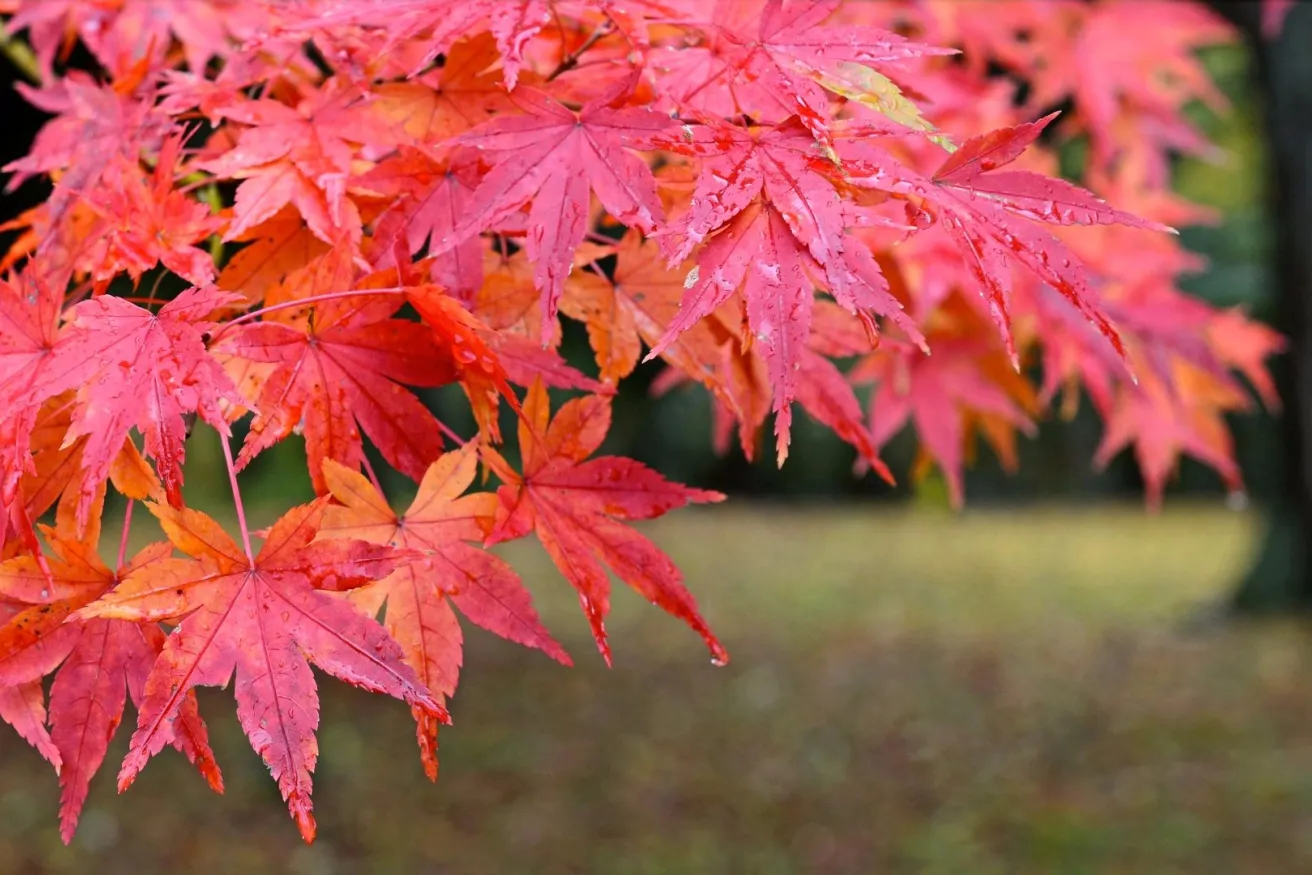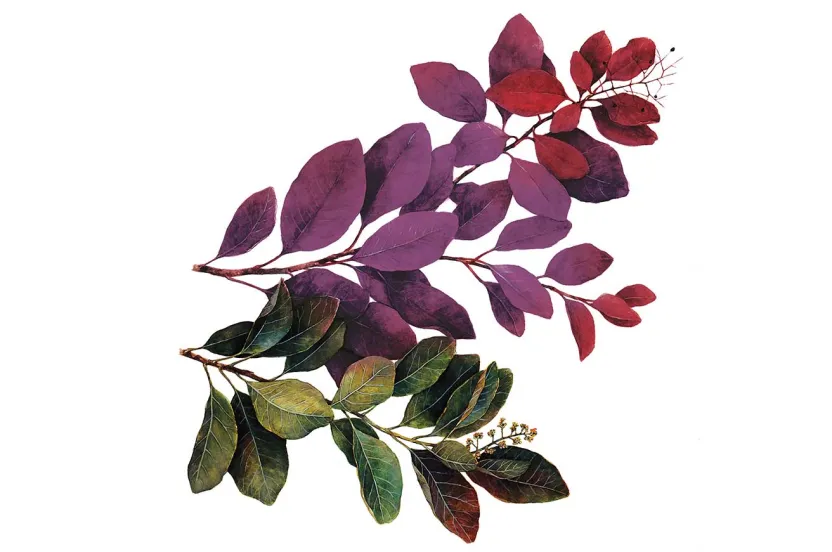Now live: The 2025 Canopy Report. Learn how Americans see trees. GET THE REPORT
Acer palmatum var. atropurpureum
When Swedish doctor-botanist Carl Thunberg was privileged to travel to Japan late in the eighteenth century, he secreted out drawings of a small tree that would eventually become synonymous with the high art of oriental gardens. The first specimen of the tree arrived in England in 1820 and was named Acer palmatum after the hand-like shape of its leaves. This would hardly surprise the Japanese who for centuries referred to their group of maples as kaede and momiji, references to the ‘hands’ of frogs and babies, respectively.
For centuries, Japanese horticulturalists have developed cultivars of the maples found in their country and nearby Korea and China. Today, there are hundreds on the market, and Acer palmatum ‘Atropurpureum’ (meaning “dark-purple”) is one of the most popular.
Of all its close kin, this Japanese red maple is not only a sensation because of its brilliant fall color, but also because of the hues of red it lends to the landscape in the spring and often throughout the summer. As a bonus, it happens to be one of the most cold-hardy of its group.
In an attempt to catch the ethereal spirit of Japanese red maples, descriptions are used such as ‘tone poem,’ ‘artistic’ and ‘aristocratic.’ In color and form, these little trees are cornerstones of Japanese gardening. Still, they can add grace to any small parcel of land whether it’s a front yard in Mid-America or a park in New England. Japanese red maples in general, and the cultivar ‘Atropurpureum’ in particular, offer splendid choices to the discerning landscaper.
In the landscape
The Japanese red maple lends a sense of grace to any space. The dash of red is a welcome addition in yards and parks across the U.S. It is great for tight spaces, as the tree only reaches up to 25 feet at maturity. It is slow growing, but does well in a wide range of soils and climates (hardiness zones 5-8). It is perfect as a focal point in many landscapes and can be pruned to be a single-stemmed tree or multi-stemmed.




